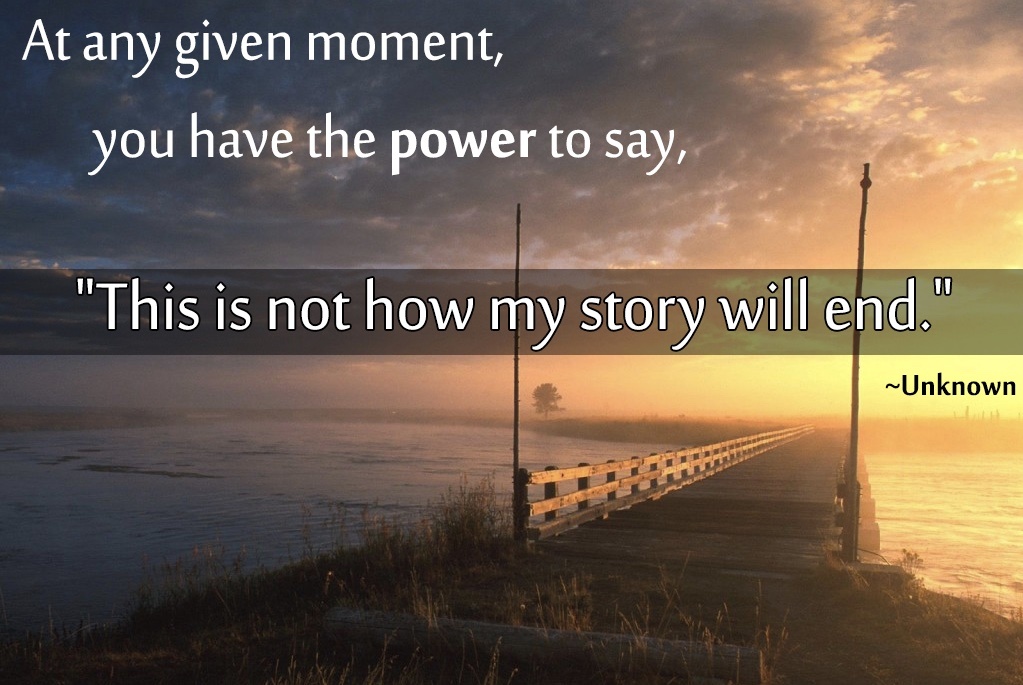Suicide: How You Can Make a Difference
• Science Update
The recent deaths of high-profile public figures and a new Centers for Disease Control and Prevention (CDC) report on rising suicide rates have brought the topic of suicide into everyday conversations. It’s important to know some facts and to know what to do if you think someone might be at risk for self-harm. A crisis can pass with time and the most important thing is to stay safe through the crisis and get help.
5 Action Steps for Helping Someone in Emotional Pain
- Ask: “Are you thinking about killing yourself?” It’s not an easy question but studies show that asking at-risk individuals if they are suicidal does not increase suicides or suicidal thoughts.
- Keep them safe: Reducing a suicidal person’s access to highly lethal items or places is an important part of suicide prevention. While this is not always easy, asking if the person has a plan and removing or disabling the lethal means can make a difference.
- Be there: Listen carefully and learn what the individual is thinking and feeling. Findings suggest acknowledging and talking about suicide may in fact reduce rather than increase suicidal thoughts.
- Help them connect: Save the National Suicide Prevention Lifeline’s number in your phone so it’s there if you need it: 1-800-273-TALK (8255). You can also help make a connection with a trusted individual like a family member, friend, spiritual advisor, or mental health professional.
- Stay Connected: Staying in touch after a crisis or after being discharged from care can make a difference. Studies have shown the number of suicide deaths goes down when someone follows up with the at-risk person.
The Facts
CDC reported that nearly 45,000 people died by suicide in 2016, it is the third leading cause of death among those age 10-34, and the 10th leading cause of death overall. The suicide death rate has increased in the US since 1999, however it is still a relatively rare event resulting in approximately 13 deaths for every 100,000 people.
Suicide is Complicated
There is no single cause of suicide, it is linked to mental health conditions and stressful life experiences. It’s important to reach out and talk honestly with anyone going through a difficult time.
Many stressful situations contribute to suicidality among those with and without known mental health conditions. Some of the most significant contributing factors include:
- Relationship problems
- A crisis that occurred in the past two weeks or that is expected in the next two weeks
- Substance use problems
- Physical health problems
- Job or financial problems
- Criminal or legal problems
- Loss of housing
The Warning Signs
These are the most common signs that someone is in emotional distress. If you are concerned, take the 5 Action Steps listed above.
- Feeling like a burden
- Being isolated
- Increased anxiety
- Feeling trapped or in unbearable pain
- Increased substance use
- Looking for a way to access lethal means (e.g., a firearm or pills)
- Increased anger or rage
- Extreme mood swings
- Expressing hopelessness
- Sleeping too little or too much
- Talking or posting about wanting to die
A Community Effort
Suicidality is a growing public health problem and the solution will take a community effort. This CDC factsheet highlights how everyone—from states, employers, and schools to the news media and friends—can have an impact on suicide prevention.
Action Steps for News Media
Research shows that the media can influence suicide rates by the way they report on suicidality. Evidence suggests that when the media tells stories of people positively coping in suicidal moments, more suicides can be prevented.
For best practices for safely and accurately reporting on suicide, please see
Recommendations for Reporting on Suicide.
More Information
- NIMH suicide prevention webpage
- NIMH suicide statistics page
- CDC downloadable flyer with facts, action steps, and ways to help
- CDC report: Trends in suicide rates – United States, 1999-2016 and Circumstances Contributing to Suicide – 27 states, 2015
If you or someone you know need immediate help, call the National Suicide Prevention Lifeline (NSPL) at 1-800-273-TALK (8255). The deaf and hard of hearing can contact the Lifeline via TTY at 1-800-799-4889.
The free service is available 24 hours a day, 7 days a week. All calls are confidential. Contact social media outlets directly if you are concerned about a friend’s social media updates or dial 911 in an emergency.”
For more information on suicidality and how to help, please see our online ceu courses for counselors

